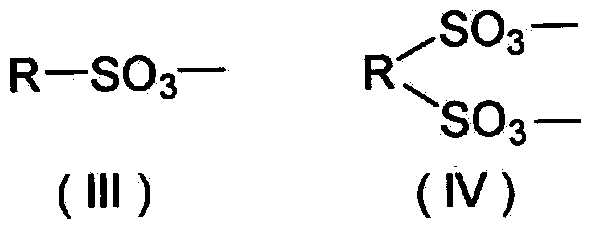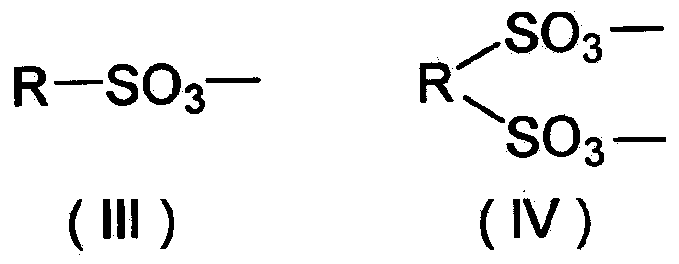Non-aqueous electrolyte and power storage device using same
A technology of non-aqueous electrolyte and power storage device, applied in non-aqueous electrolyte batteries, non-aqueous electrolyte batteries, non-aqueous electrolytes, etc., can solve problems such as the reduction of electrochemical properties, and achieve the effect of improving electrochemical properties
- Summary
- Abstract
- Description
- Claims
- Application Information
AI Technical Summary
Problems solved by technology
Method used
Image
Examples
Embodiment
[0277] Examples of electrolytic solutions using the lithium salt of the present invention and synthesis examples of compounds are shown below, but the present invention is not limited to these examples and synthesis examples.
[0278] A. Next, the effect of adding the lithium salt represented by the general formula (XI-1) or (XIII-1) will be described in detail by way of examples.
Embodiment A-1~A-34、 comparative example A-1
[0280] 〔Manufacture of lithium-ion secondary battery〕
[0281] 94 mass% LiNi 1 / 3 mn 1 / 3 co 1 / 3 o 2 (the pH of the supernatant when 10 g of the positive electrode active material is dispersed in 100 ml of distilled water is 10.8), 3 mass % of acetylene black (conductive agent) is mixed, and added to the previously made 3 mass % polyvinylidene fluoride (Binder) was dissolved in 1-methyl-2-pyrrolidone and mixed to prepare a positive electrode mixture paste. This positive electrode mixture paste was applied to one side of an aluminum foil (current collector), dried, pressurized, and punched into a predetermined size to produce a positive electrode sheet. The density of the part of the positive electrode other than the current collector is 3.6 g / cm 3 .
[0282] In addition, 95% by mass of artificial graphite (d 002 =0.335 nm, negative electrode active material) was added to a solution obtained by dissolving 5% by mass of polyvinylidene fluoride (binder) in 1-methyl-2-pyrroli...
Embodiment A-35~A-36、 comparative example A-2
[0306] The negative electrode active material used in Example A-1 was changed, and silicon (simple substance) (negative electrode active material) was used to produce a negative electrode sheet. Mix 80% by mass of silicon (single substance) and 15% by mass of acetylene black (conductive agent), and add to 1-methyl-2-pyrrolidone that has previously dissolved 5% by mass of polyvinylidene fluoride (binder) and mixed in the obtained solution to prepare negative electrode mixture paste. This negative electrode mixture paste is coated on the copper foil (current collector), dried, pressurized and punched into a specified size, a negative electrode sheet is made, and the composition of the non-aqueous electrolyte is changed to a specified composition. Otherwise, a coin battery was produced in the same manner as in Example A-1, and battery evaluation was performed. The results are shown in Table 4.
[0307] Table 4
[0308]
PUM
| Property | Measurement | Unit |
|---|---|---|
| density | aaaaa | aaaaa |
| density | aaaaa | aaaaa |
| density | aaaaa | aaaaa |
Abstract
Description
Claims
Application Information
 Login to View More
Login to View More - R&D
- Intellectual Property
- Life Sciences
- Materials
- Tech Scout
- Unparalleled Data Quality
- Higher Quality Content
- 60% Fewer Hallucinations
Browse by: Latest US Patents, China's latest patents, Technical Efficacy Thesaurus, Application Domain, Technology Topic, Popular Technical Reports.
© 2025 PatSnap. All rights reserved.Legal|Privacy policy|Modern Slavery Act Transparency Statement|Sitemap|About US| Contact US: help@patsnap.com



